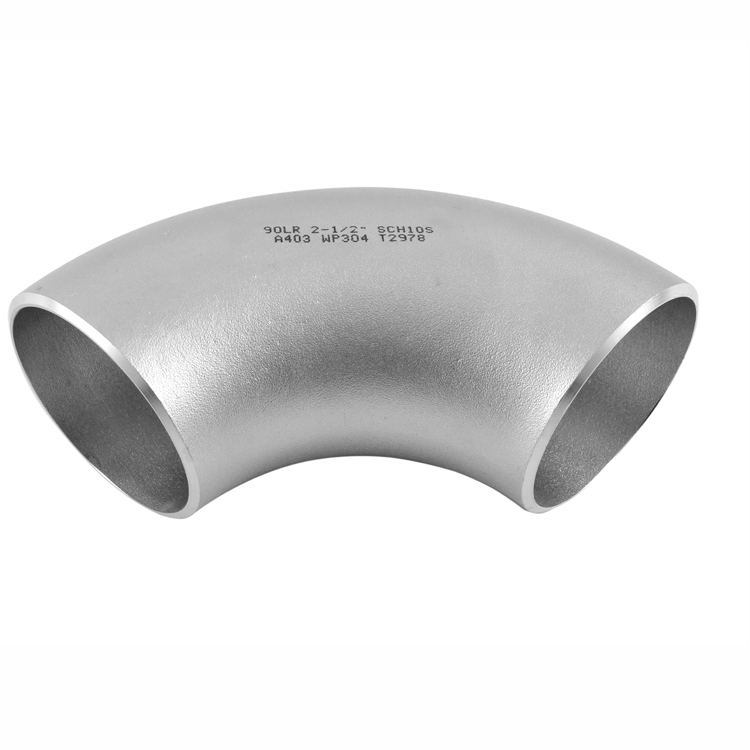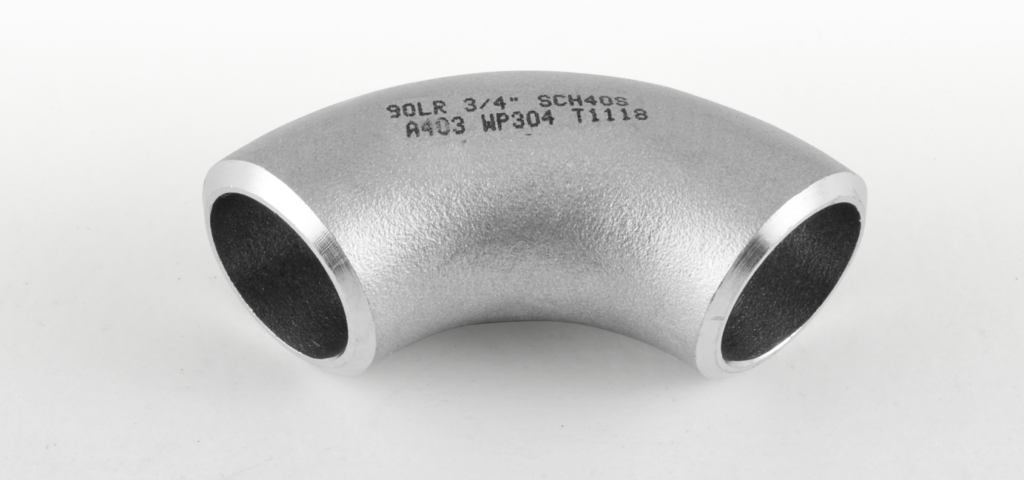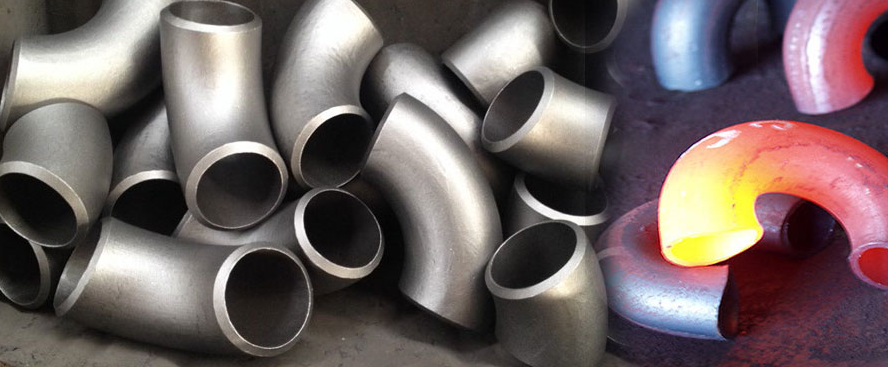Take you to learn more about 90 degree stainless steel elbow
How much do 90 degree elbows affect water flow?
Is 45 degree elbow better than 90 degree elbow?
What is the pipe loss in 90 degree bend?
How do you calculate a 90 degree bend?
90° stainless steel elbow is mainly used as a connecting pipe fitting in pipeline installation and is used for connection at pipeline corners.
Connect two pipes with the same or different nominal diameters to make a 90° turn in the pipes.
弯头参数(Elbow parameters)
| 公称通径Nominal Diameter | 中心至端面Center to End | 背面至端面Back to Face | |||||||
| – | 90°弯头90°Elbow | ||||||||
| B | O | – | |||||||
| DN | A 系列Series A | 长半径LongRadius | 长半径LongRadius | 短半径ShortRadius | 长半径LongRadius | 短半径ShortRadius | 长半径(A系列)LongRadius | 短半径(A系列)ShortRadius | |
| 15 | 21.3 | 16 | 38 | – | 76 | – | 48 | – | |
| 20 | 26.9 | 19 | 38 | – | 76 | – | 51 | – | |
| 25 | 33.7 | 22 | 38 | 25 | 76 | 51 | 56 | 41 | |
| 32 | 42.4 | 25 | 48 | 32 | 95 | 64 | 70 | 52 | |
| 40 | 48.3 | 29 | 57 | 38 | 114 | 76 | 83 | 62 | |
| 50 | 60.3 | 35 | 76 | 51 | 152 | 102 | 106 | 81 | |
| 65 | 76.1(73) | 44 | 95 | 64 | 190 | 127 | 132 | 100 | |
| 80 | 88.9 | 51 | 114 | 76 | 229 | 152 | 159 | 121 | |
| 90 | 101.6 | 57 | 133 | 89 | 267 | 178 | 184 | 140 |

Why is a 90 elbow important?
- Change in Direction
- Space Utilization
- Flow Control
- Reducing Friction
- Standard Fitting
- Versatility
- Aesthetics and System Integration
- Compliance with Standards
How much do 90 degree elbows affect water flow?
For a 90-degree elbow, one elbow will lose 1m of head (that is, 0.1kg of pressure), and nine elbows will lose about 10m of head (that is, 1kg of pressure).
For horizontal pipelines, 100m of head loss is 1m, and the total length of the pipeline is 200+800m, so there is also a loss of about 10m of head here.
It can be seen from this that if there is no elbow, the outlet pressure is 67-10=57m, which is 5.7 kilograms of pressure.
After adding the elbow, the outlet pressure is 67-10-10=47, which is 4.7 kilograms of pressure.
Based on this situation, the loss is 10m + 10m, a total of about 20m of head. Your water pump has a head of 67m, which is enough for loss, but the water volume is still very small.

Is 45 degree elbow better than 90 degree elbow?
Pipe system design and requirements
If a small bending radius or low resistance is required, a 45-degree elbow may be a better choice. If a large bending radius or simple installation is required, a 90-degree elbow may be a better choice.
Space constraints
If space is limited, then a 45-degree elbow may be a better choice because of its smaller bending radius. If you have enough space, a 90-degree elbow may be a better choice because of its larger bend radius.
Cost consideration
If you have sufficient budget, you can choose a 45-degree elbow because its performance is better. If the budget is limited, then you can choose a 90-degree elbow as it costs less.

What is the pipe loss in 90 degree bend?
The local resistance coefficient of a 90-degree elbow is 0.294. Converting it into pressure loss is
h=ζV^2/(2g)=0.294×V^2/(2×9.8)=0.015V^2
Therefore, only the flow velocity of the pipe can be used to calculate the local head loss of the elbow.
If the flow rate is 1.5 meters/second, the local head loss of the pipeline is 0.015×1.5^2=0.034 meters.
If the flow rate is 2.5 meters/second, the local head loss of the pipeline is 0.015×2.5^2=0.094 meters.
If the flow rate is 4.0 meters/second, the local head loss of the pipeline is 0.015×4^2=0.24 meters.
How do you calculate a 90 degree bend?
The length of the 90-degree elbow = the bending radius of the 90-degree elbow × half the degree of the 90-degree elbow, that is to say, the length of the 90-degree elbow = the bending radius of the 90-degree elbow × tan45 degrees.
If the elbow is not standard, then the elbow length = bending radius × 0.707.
It is recommended that when purchasing an elbow, it would be more appropriate to keep the elbow material, elbow outer diameter size and elbow thickness the same.
